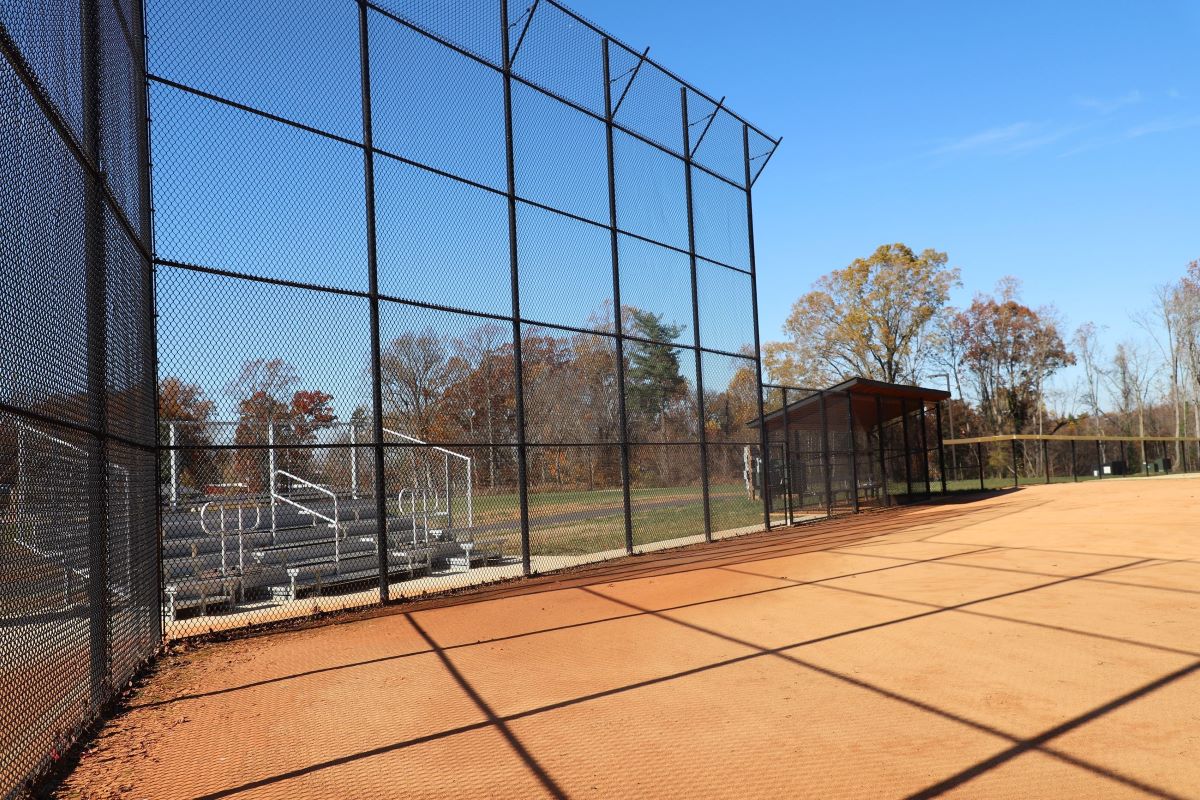

Articles
How Far Is A Softball Fence
Modified: January 8, 2024
Discover articles about the distance of a softball fence and gain insights into how far it is in the game. Stay informed with our comprehensive articles.
(Many of the links in this article redirect to a specific reviewed product. Your purchase of these products through affiliate links helps to generate commission for Storables.com, at no extra cost. Learn more)
Introduction
Softball is a popular sport enjoyed by many athletes and fans around the world. One of the key elements of the game is the distance between the players and the outfield fence. The softball fence serves as a boundary, determining whether a hit is considered a home run or an out. But have you ever wondered how far a softball fence should be?
In this article, we will delve into the factors that can affect the distance of a softball fence. From regulations and standards to field dimensions and materials, we will explore the various components that contribute to the overall length of a softball fence.
Understanding these factors is crucial for players, coaches, and field designers, as it can have a significant impact on the outcome of the game. Let’s dive in and uncover the secrets behind determining how far a softball fence should be!
Key Takeaways:
- Softball fence distances are influenced by league regulations, field dimensions, and environmental factors. Understanding these elements is crucial for optimizing offensive capabilities and creating an enjoyable playing experience.
- Implementing strategies such as strength and conditioning, proper technique, and bat selection can increase the likelihood of hitting the ball further. By focusing on these aspects, players can maximize their power potential and improve hitting performance.
Read more: How Far To Plant Arborvitae From Fence
Factors Affecting Softball Fence Distance
Several factors come into play when determining the distance of a softball fence. These factors can vary depending on the league, level of play, and specific field requirements. Let’s take a closer look at some of the key factors that can affect the distance of a softball fence:
- League Regulations: Different softball leagues have their own rules and regulations regarding the distance of the outfield fence. For example, in slow-pitch softball, the fence distance is usually shorter compared to fast-pitch softball. It is important to adhere to these regulations to ensure fair play and consistency across the league.
- Level of Play: The distance of the softball fence can also depend on the level of play. Lower levels, such as youth leagues, may have shorter fence distances to accommodate the physical capabilities of younger players. On the other hand, higher-level leagues or professional games may require longer fence distances to challenge the athletes and promote more competitive gameplay.
- Field Size: The dimensions of the field itself play a crucial role in determining the distance of the softball fence. A larger field will typically have a longer fence distance, providing more outfield area for players to cover. The field dimensions must be carefully considered to strike the right balance between player safety and gameplay dynamics.
- Player Safety: Ensuring the safety of the players is paramount when determining the distance of a softball fence. The fence should be set at a distance that minimizes the risk of collision or injury for outfielders while still allowing for an enjoyable and fast-paced game.
- Home Run Frequency: The frequency of home runs in a game can influence the fence distance. If the objective is to encourage more home runs, the fence may be set at a shorter distance, providing hitters with a better chance to clear the fence. Conversely, if the goal is to create a more defensively-oriented game, a longer fence distance may be adopted.
- Aesthetic Considerations: Softball fields are not just functional spaces; they are also meant to be visually appealing. The distance of the softball fence can be influenced by the overall aesthetics of the field, such as surrounding landscaping, seating arrangements, and spectator viewing areas.
By considering these factors, field designers and league organizers can determine the optimal distance for a softball fence. Striking the right balance between competitiveness, player safety, and visual appeal is essential to create an enjoyable and well-designed softball field.
Regulations and Standards for Softball Fences
In order to ensure fair and consistent gameplay, softball leagues and organizations have established regulations and standards for the distance and specifications of softball fences. These regulations help create a level playing field for all teams and provide a framework for field designers and organizers to follow. Let’s explore some of the key regulations and standards for softball fences:
- ASA/USA Softball: The Amateur Softball Association (ASA), now known as USA Softball, is one of the largest softball organizations globally. They have established guidelines for softball fence distances depending on the level of play. For example, in women’s fast pitch softball, the minimum distance for the centerfield fence is 220 feet, while the maximum distance is 250 feet.
- NCAA: The National Collegiate Athletic Association (NCAA) regulates softball at the collegiate level. They have set specific fence distance requirements for different divisions and championships. For Division I softball, the minimum distance for the centerfield fence is 200 feet, while the maximum distance is 275 feet.
- High School Associations: Various high school athletic associations, such as the National Federation of State High School Associations (NFHS), provide guidelines for softball fence distances at the high school level. These guidelines may vary depending on the state or region. For example, in California, the NFHS specifies a minimum distance of 200 feet for the centerfield fence.
- Field Certification: Some softball leagues require field certification to ensure that the dimensions and specifications of the softball fence meet the established standards. Certified fields undergo inspections to ensure compliance with regulations and to guarantee a safe and fair playing environment.
It’s important for players, coaches, and field designers to familiarize themselves with the specific regulations and standards outlined by the governing bodies of their respective leagues. Adhering to these guidelines helps maintain the integrity of the game, facilitates fair competition, and ensures the safety of the players.
When designing or modifying a softball field, it is essential to consult the applicable regulations and standards to ensure compliance. By doing so, field organizers can create an environment that aligns with the established guidelines and provides an optimal playing experience for all participants.
The Role of Field Dimensions
Field dimensions play a crucial role in determining the overall layout and gameplay dynamics of a softball field. From the outfield boundary to the infield dimensions, each component contributes to the overall field dimensions and can have a significant impact on the game. Let’s explore the role of field dimensions in relation to the distance of a softball fence:
Outfield Dimensions: The outfield dimensions directly affect the distance of the softball fence. The distance from home plate to the outfield fence can vary depending on the level of play, league regulations, and field design preferences. Longer outfield distances typically result in a greater challenge for hitters to clear the fence, while shorter distances can lead to more frequent home runs.
Infield Dimensions: The infield dimensions, such as the distance between bases and the shape of the infield, also indirectly impact the distance of the softball fence. A larger infield can result in a shorter outfield distance, allowing for a more compact field layout. Conversely, a smaller infield may necessitate a longer outfield distance to maintain the overall field proportions.
Park Factors: The layout, orientation, and surrounding structures of a softball field can also influence the distance of the softball fence. Factors such as wind patterns, the presence of natural or man-made barriers, and nearby structures can affect the flight of the baseball and ultimately impact the distance needed for a softball fence. Designers must carefully consider these park factors when determining the appropriate distance for the fence.
Game Strategy: Field dimensions can also impact the strategies employed by teams during the game. A deeper outfield fence may encourage a more defensive-oriented game, with outfielders positioned strategically to prevent home runs. On the other hand, a shorter fence may incentivize hitters to take more aggressive swings, aiming for more frequent home runs. Coaches and teams must consider the field dimensions when devising their game plans.
Field dimensions not only affect the distance of the softball fence but also play a vital role in the overall gameplay experience. Designers and field organizers must carefully consider the interplay between infield and outfield dimensions, park factors, and game strategy when determining the appropriate distance for the softball fence. Striking the right balance between player safety, competitiveness, and strategic gameplay is essential for creating an engaging and enjoyable softball field.
Materials and Construction of Softball Fences
The materials and construction of a softball fence are important considerations to ensure durability, safety, and overall functionality. Softball fences are designed to provide a boundary between the outfield and spectators while preventing the ball from leaving the field. Let’s take a closer look at the materials commonly used and key factors in the construction of softball fences:
Chain Link Fencing: Chain link fencing is one of the most popular materials used for softball fences. It is durable, cost-effective, and allows for good visibility between the field and spectators. Chain link fences are typically constructed using galvanized steel wires woven into a diamond mesh pattern. They are available in various heights and gauges to suit the specific needs of the field.
Mesh Panels: In addition to chain link fencing, mesh panels made of materials such as vinyl-coated polyester or high-density polyethylene (HDPE) are often utilized. These panels provide an extra layer of protection behind the chain link fence to prevent balls from passing through. Mesh panels can be installed along the lower portion of the fence or extended to cover the entire height for added safety.
Poles and Framework: The poles and framework of a softball fence play a critical role in its stability and longevity. Typically made of galvanized steel or aluminum, these components provide the structural support for the fence. Poles are usually set at regular intervals along the fence line, and crossbars are used to connect and strengthen the framework. Ensuring proper installation and anchoring of these elements is essential for a robust and secure fence.
Gates: Softball fields often require gates to allow for player and equipment access. These gates should be designed to match the overall fence construction and provide easy and secure entry. It is important for gates to be properly aligned and equipped with latches or locks to ensure the safety of the field and prevent unauthorized access.
Padding and Cushioning: To enhance player safety, some fences may incorporate padding or cushioning materials. These are typically installed on the outfield side of the fence to minimize the impact of collisions between players and the fence. Foam padding or rubberized materials can be added to specific areas of the fence, such as the outfield corners or areas prone to higher player traffic.
When constructing a softball fence, it is important to consider the specific needs of the field, budgetary constraints, and safety requirements. Utilizing high-quality materials, following proper construction techniques, and regularly inspecting the fence for maintenance and repairs will help ensure a safe and functional playing environment for both players and spectators.
When measuring the distance to a softball fence, use a measuring wheel or a long tape measure to get an accurate measurement. Make sure to measure from the home plate to the closest point on the fence.
Read more: How Far To Plant Tree From Fence
Testing and Measurement of Softball Fence Distance
Accurately measuring the distance of a softball fence is essential to ensure fairness and consistency in the game. Various methods and tools are utilized to test and measure the distance of the outfield fence. Let’s explore some of the common techniques used:
Tape Measures: Tape measures are the most basic and straightforward tool used to measure the distance of a softball fence. Ground crews or field officials typically use long tape measures to determine the distance from home plate to the outfield fence. The tape is extended from the center of the plate to the designated point on the fence, providing an accurate measurement.
Laser Distance Meters: Laser distance meters are increasingly being used to measure the distance of a softball fence due to their accuracy and ease of use. These handheld devices emit laser beams that bounce off the fence and measure the distance based on the time it takes for the laser to return to the device. Laser distance meters provide quick and precise measurements, making them a preferred choice for many field officials and designers.
Surveying Equipment: In professional or high-level play, surveying equipment may be used to precisely measure the distance of the softball fence. Surveying tools such as theodolites or total stations are used to establish accurate measurements based on angles and distance calculations. These methods ensure precise measurements and are often employed when high levels of accuracy are required.
Field Certification: Field certification involves a comprehensive evaluation of the softball field to ensure that it meets the required dimensions and specifications, including the distance of the fence. Certified officials or organizations perform inspections and measurements to confirm that the field complies with the established guidelines. Field certification provides an additional layer of assurance that the distance of the softball fence is accurately measured and maintained.
It is important to regularly test and measure the distance of a softball fence to ensure that it remains within the prescribed limits. Field officials, coaches, and league organizers should conduct periodic checks to verify that the fence distance aligns with the regulations and standards set by the governing bodies. By doing so, they can maintain fairness and consistency in the game and provide a level playing field for all teams.
The Impact of Environment on Softball Fence Distance
The environment in which a softball game is played can have a significant impact on the distance a ball travels and, consequently, the distance of the softball fence. Factors such as weather conditions, elevation, wind patterns, and field conditions can all affect the overall distance the ball can be hit. Let’s explore the impact of these environmental factors on the distance of a softball fence:
Weather Conditions: Weather conditions, particularly temperature and humidity, can influence the flight of the ball. In colder temperatures, the ball tends to become denser, leading to less carry and potential reduction in distance. On the other hand, warmer temperatures can cause the ball to become livelier and travel further. Humidity can also affect the air density, potentially impacting the distance of the ball.
Elevation: The elevation of the softball field can affect the distance the ball travels. Higher elevations, where the air is thinner, can provide less resistance for the ball, allowing it to carry further. Conversely, playing in lower elevations with denser air may result in shorter distances. The impact of elevation can differ based on how the ball is hit, with fly balls potentially being more affected than line drives or ground balls.
Wind Patterns: Wind can play a significant role in the distance of a softball hit. A tailwind blowing towards the outfield can help carry the ball further, potentially resulting in more home runs. Conversely, a headwind blowing towards home plate can create resistance and reduce the distance a ball can travel. Understanding the prevailing wind patterns in a particular field can be beneficial for both hitters and fielders.
Field Conditions: The condition of the field itself, including the grass type, turf quality, and moisture levels, can impact the distance of a softball hit. A well-manicured and firm outfield can provide a faster playing surface, allowing the ball to roll further. Conversely, a damp or soft outfield can slow down the ball and limit its distance. Field maintenance and preparation are important in creating consistent playing conditions.
It is crucial for players, coaches, and field organizers to be aware of the environmental factors that can affect the distance of a softball fence. Making adjustments to strategies and gameplay based on these factors can help teams make the most of their offensive and defensive capabilities. Additionally, proper field maintenance and understanding the local environmental conditions can ensure fair gameplay and accurate assessment of hit distances.
Strategies to Increase Softball Fence Distance
Increasing the distance of a softball fence can be advantageous for teams looking to maximize their offensive potential. Hitters strive to hit the ball with power, aiming to clear the fence and score home runs. While individual player strength and technique play a significant role, there are several strategies that teams and players can employ to increase their chances of hitting the ball further. Let’s explore some of these strategies:
Strength and Conditioning: Developing strength and power through resistance training can help hitters generate more force and bat speed, resulting in longer hits. Focusing on exercises that target the lower body, core, and upper body strength can contribute to increased power. Working with a strength and conditioning coach or following a specific training program can help players enhance their physical capabilities.
Bat Selection: Choosing a bat that suits the individual hitter’s swing and preferences is crucial for generating power. Bats with larger barrel sizes and balanced weight distribution can provide hitters with greater momentum and bat speed, increasing the likelihood of longer hits. Experimenting with different bat options and seeking advice from experts can help players find the right bat for their style of play.
Proper Technique: Hitters should focus on developing proper swing mechanics and technique. Generating power from the lower body, maintaining good bat path, and making solid contact on the sweet spot of the bat can lead to greater distance on hits. Working with experienced hitting coaches or attending camps and clinics can help refine technique and improve overall hitting performance.
Visualization: Mental preparation and visualization can have a significant impact on performance. Visualizing successful, powerful hits and mentally rehearsing the desired outcome can help hitters stay focused, confident, and composed. By visualizing hitting the ball with maximum force and seeing it clear the fence, players can improve their chances of achieving longer hits.
Opposite Field Hitting: Developing the ability to hit the ball to the opposite field can be advantageous in increasing overall hitting distance. Hitting to the opposite field forces outfielders to cover more ground, creating opportunities for hitters to take advantage of gaps and increase their chances of hitting the ball deep. Practicing opposite field hitting and developing the necessary bat control can pay dividends in increasing distance.
Conditioning the Body: Maintaining overall physical fitness and conditioning is crucial for increasing hitting power. This includes improving flexibility, agility, and explosiveness through regular conditioning exercises and drills. Incorporating exercises such as plyometrics, agility ladder drills, and core workouts can enhance overall athleticism, leading to more powerful hits.
Focusing on Pitch Selection: Selecting the right pitches to swing at can significantly impact hitting distance. Recognizing pitches early and being disciplined in swinging at quality pitches in the optimal hitting zone can result in stronger, better-timed contact. This, in turn, leads to increased hitting distance and an improved chance of hitting the ball out of the park.
Implementing these strategies can help teams and players increase the distance of softball hits and potentially result in more home runs. It is important to remember that improvement takes time, dedication, and practice. By focusing on strength, technique, mental preparation, and conditioning, hitters can maximize their power potential and increase their chances of hitting the ball further.
Conclusion
Understanding the factors and considerations that contribute to the distance of a softball fence is crucial for players, coaches, and field designers. By taking into account league regulations, field dimensions, materials, environmental factors, and implementing strategies, teams can optimize their offensive capabilities and create an enjoyable playing experience.
Regulations and standards set by softball organizations like ASA/USA Softball and NCAA ensure fair play and provide guidelines for fence distances based on levels of play. Field dimensions, both in the outfield and infield, play a significant role in determining the distance of the fence and impacting gameplay dynamics. The materials used, such as chain link fences and mesh panels, along with proper construction techniques, contribute to the functionality and safety of the fence.
Environmental factors, including weather conditions, elevation, wind patterns, and field conditions, can affect the distance a ball travels. By understanding and adapting to these factors, teams can make strategic adjustments and capitalize on hitting opportunities. Moreover, implementing strategies such as strength and conditioning, proper technique, bat selection, opposite field hitting, mental visualization, and pitch selection can increase the likelihood of hitting the ball further.
In conclusion, the distance of a softball fence is influenced by a combination of factors, from regulations and field dimensions to materials and environmental conditions. Through careful consideration of these factors and the implementation of various strategies, players and teams can improve their hitting power and increase the chances of hitting the ball out of the park. By creating a well-designed and optimized softball field, players and spectators alike can enjoy an exciting and competitive softball experience.
Frequently Asked Questions about How Far Is A Softball Fence
Was this page helpful?
At Storables.com, we guarantee accurate and reliable information. Our content, validated by Expert Board Contributors, is crafted following stringent Editorial Policies. We're committed to providing you with well-researched, expert-backed insights for all your informational needs.
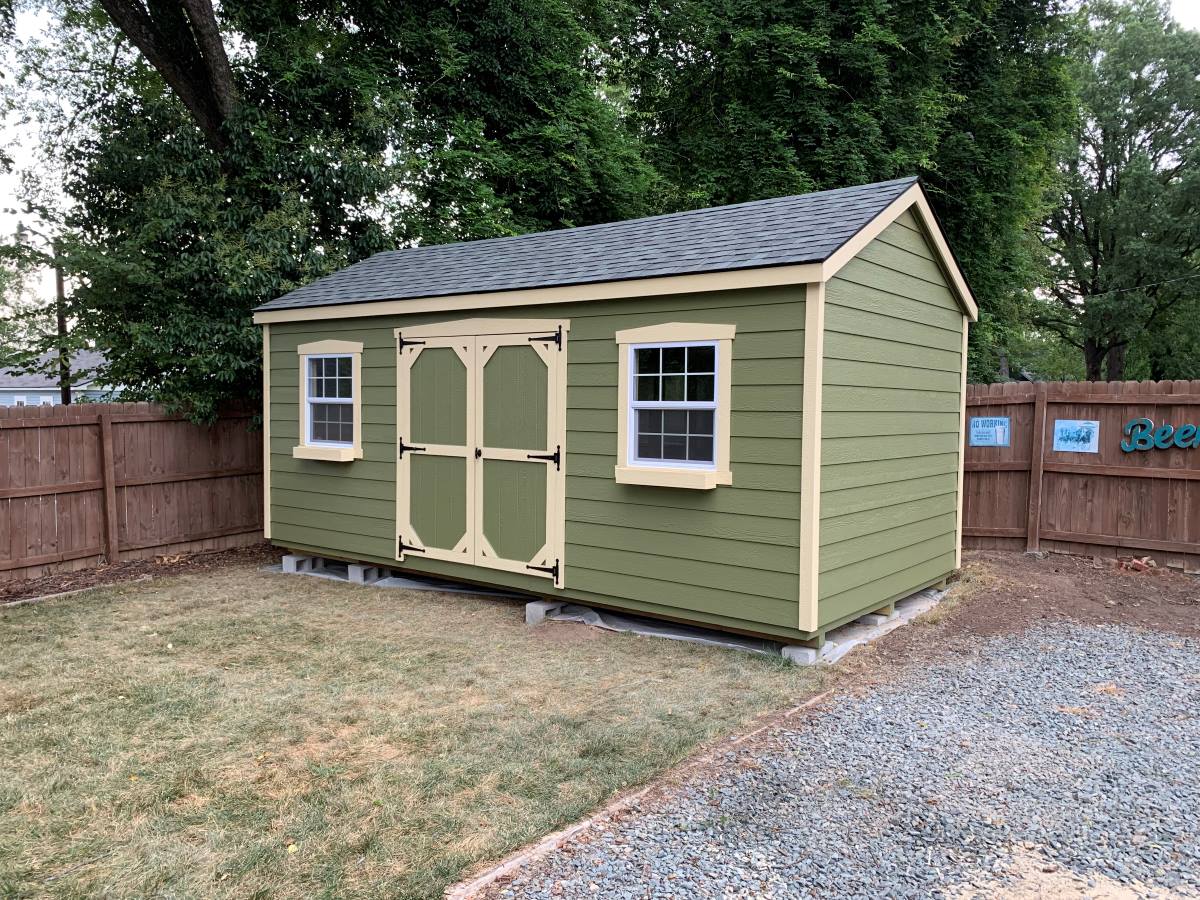
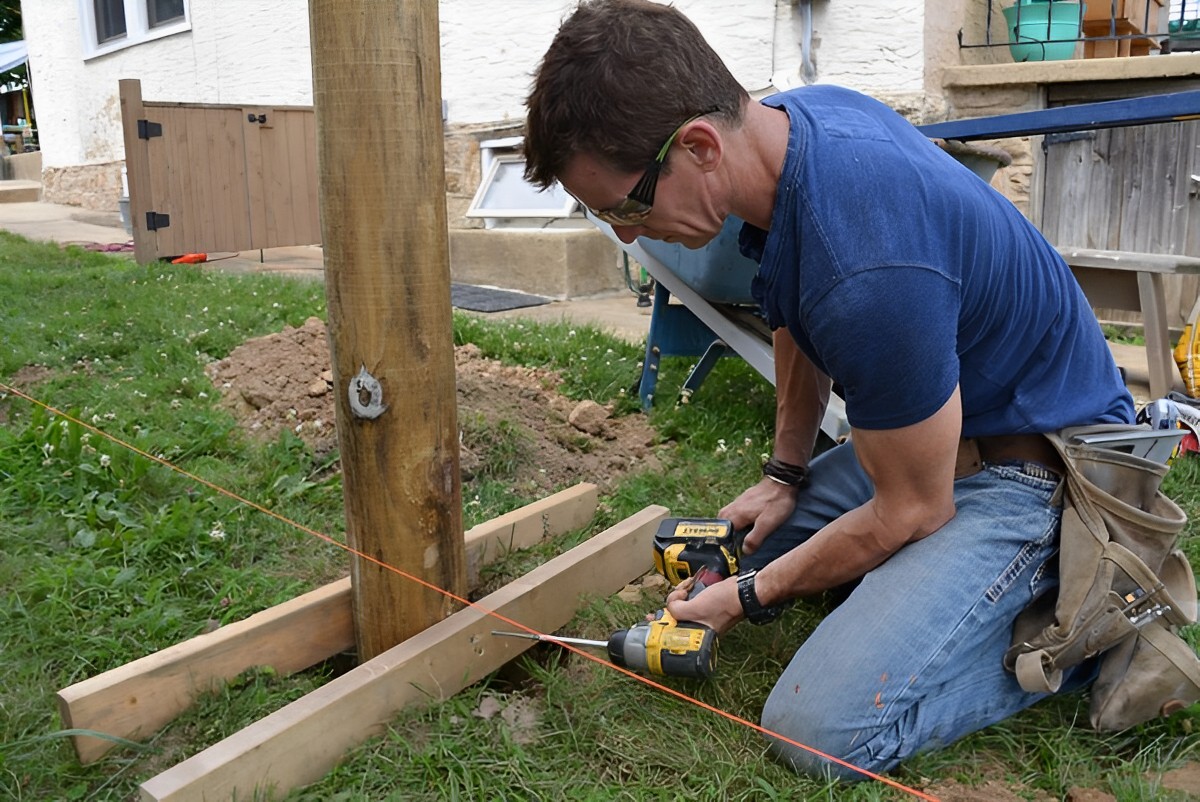

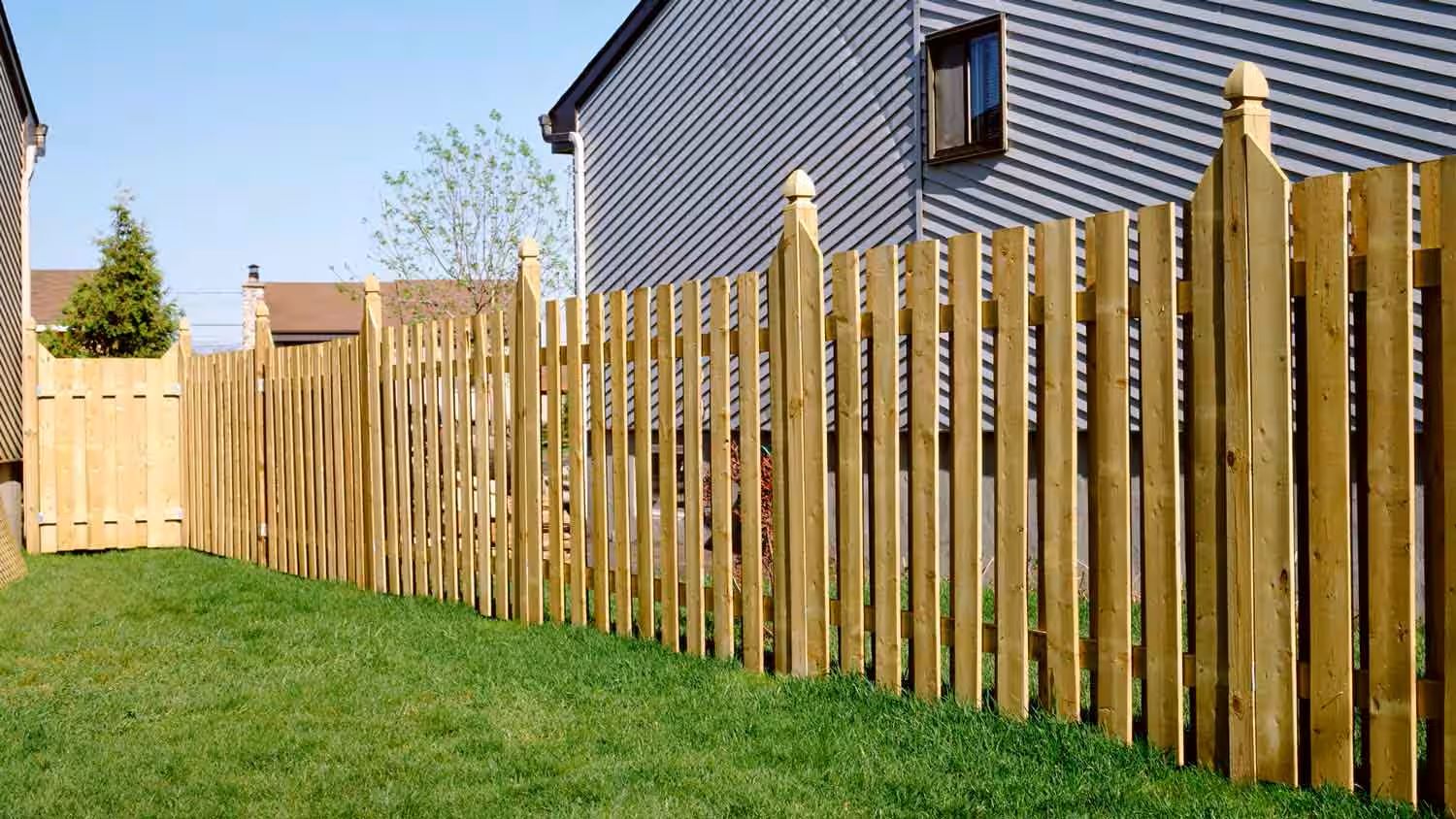
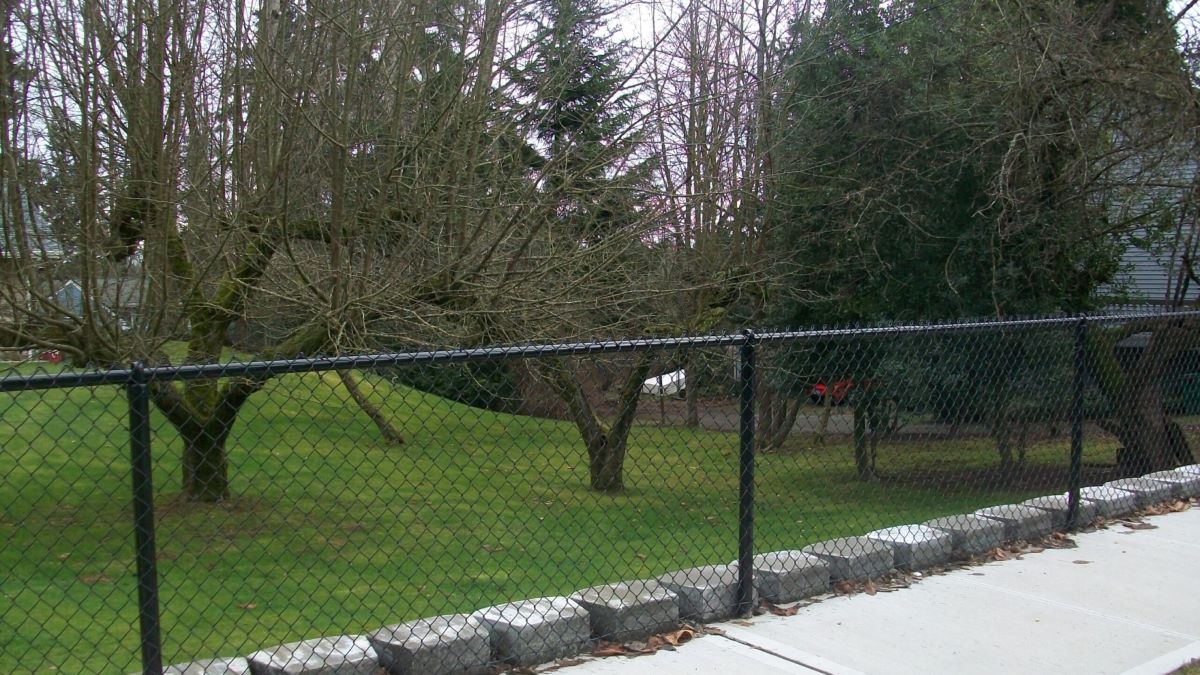
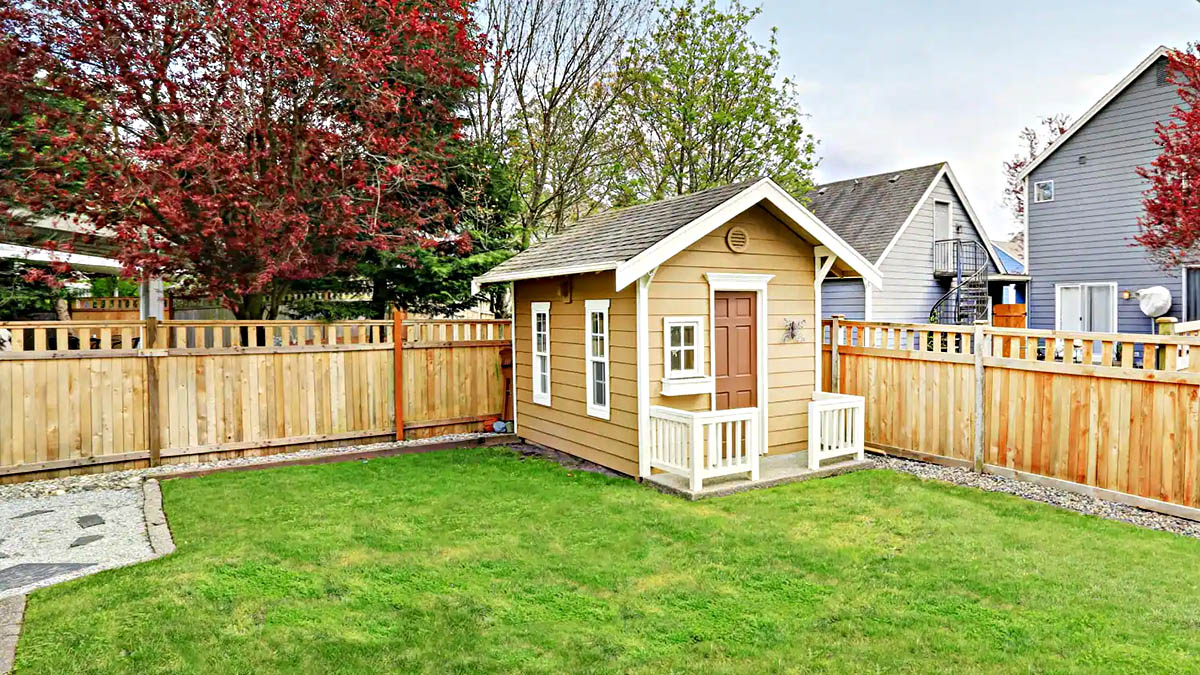
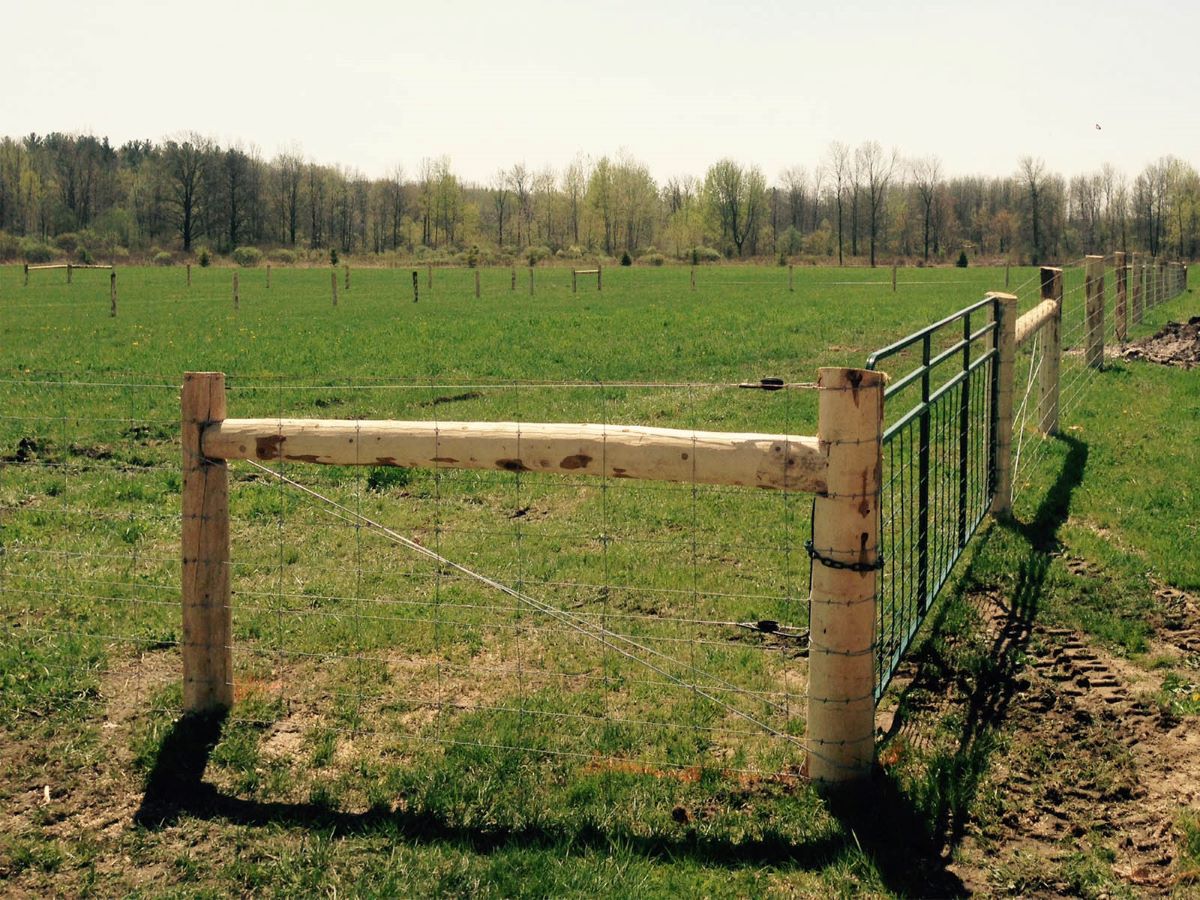
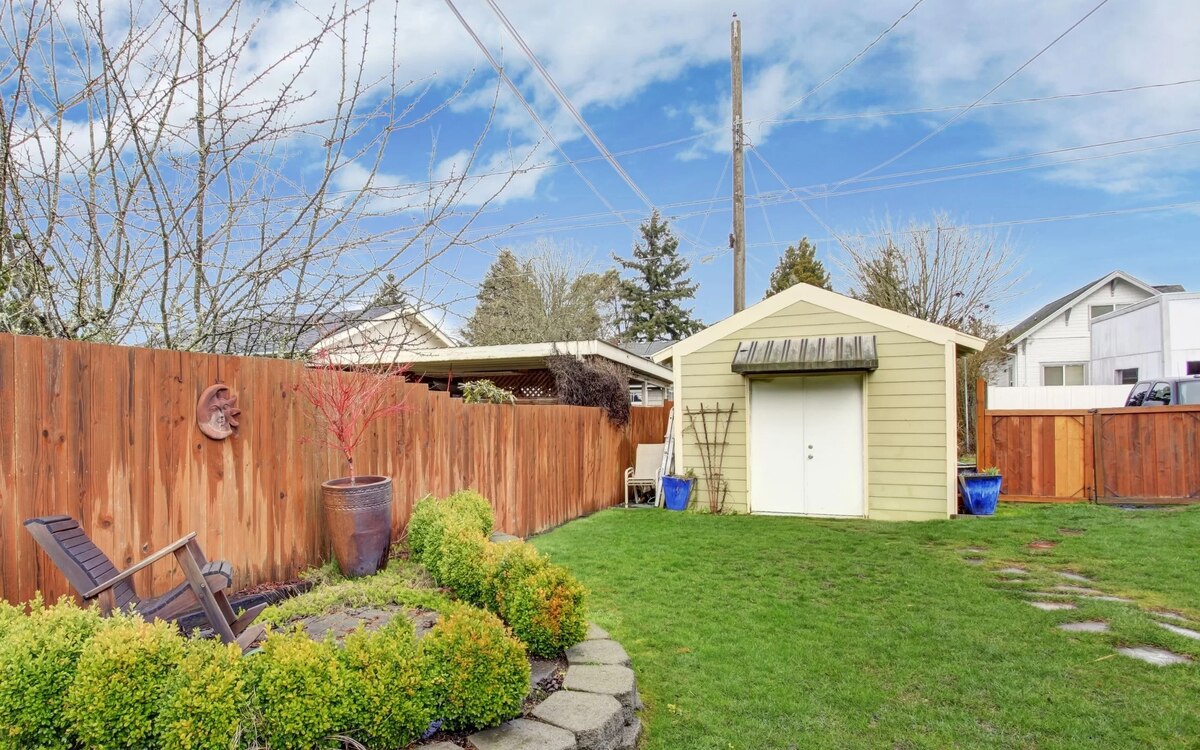
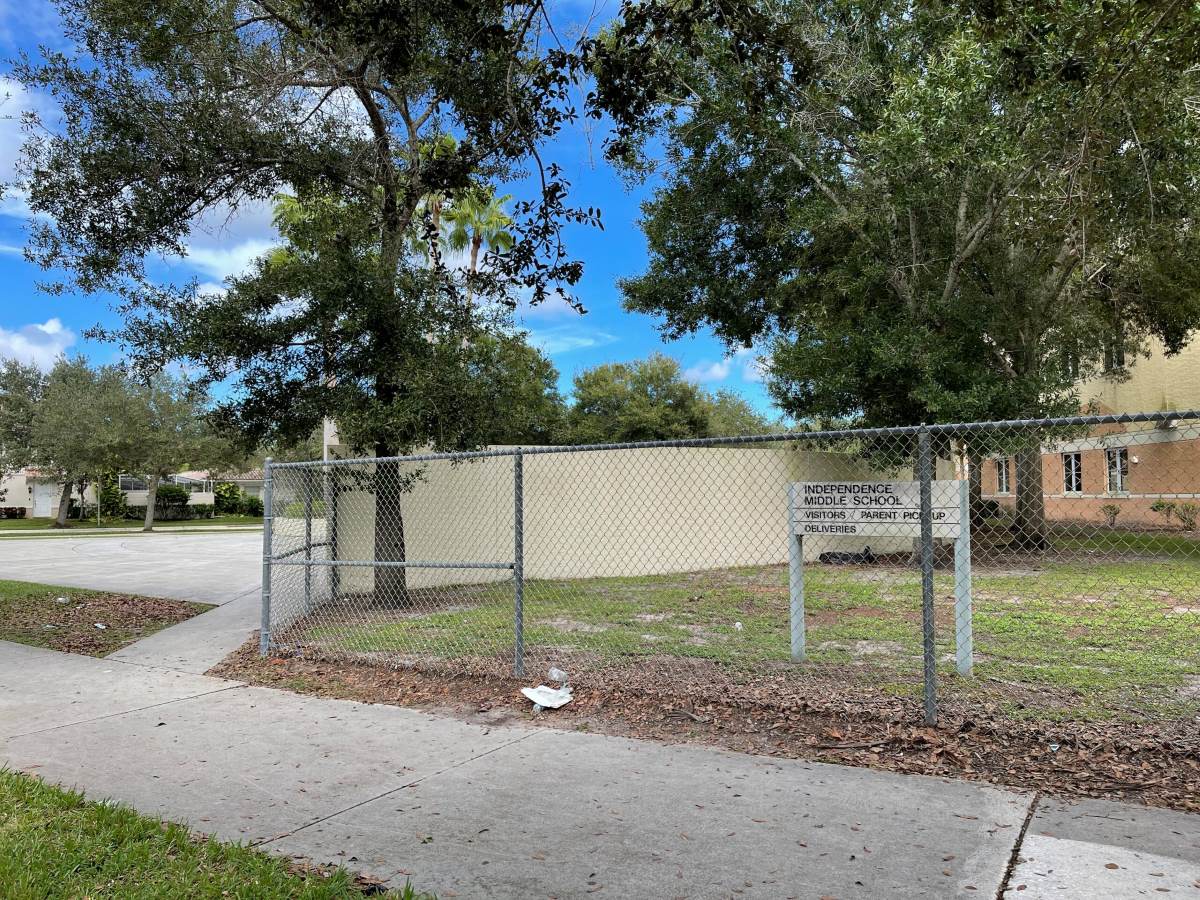
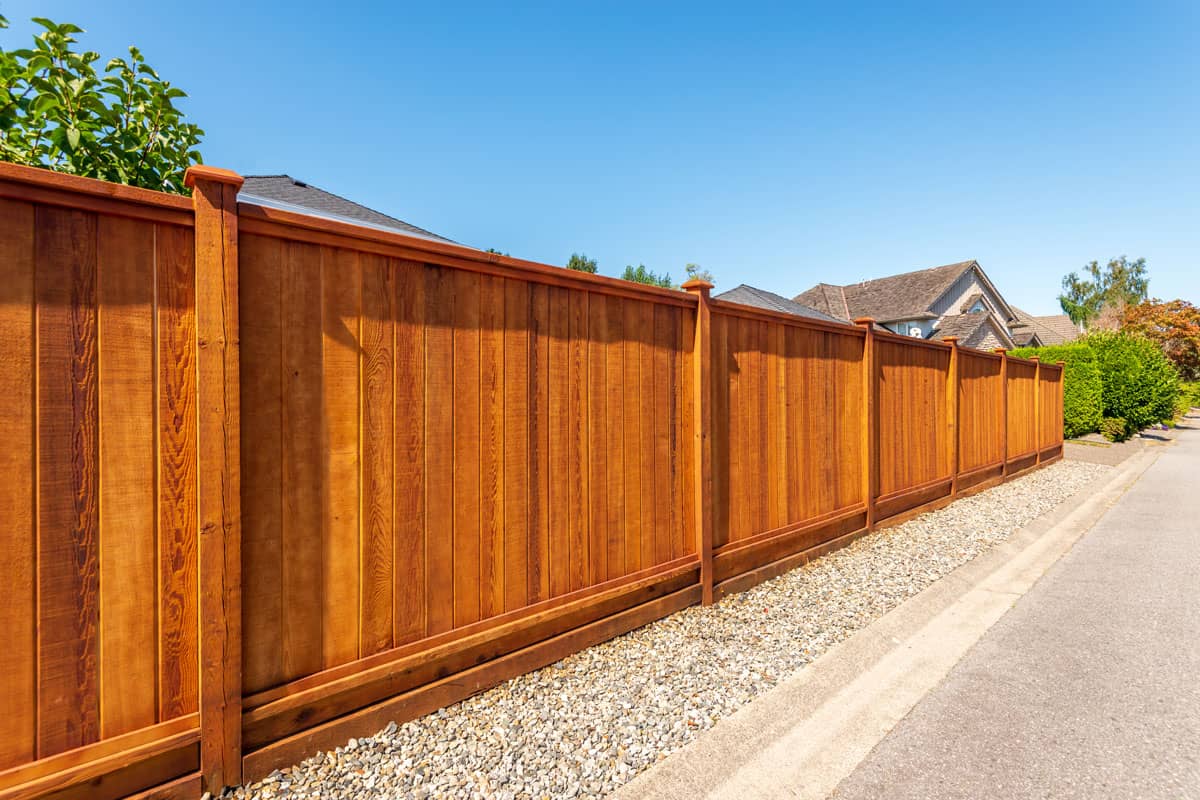
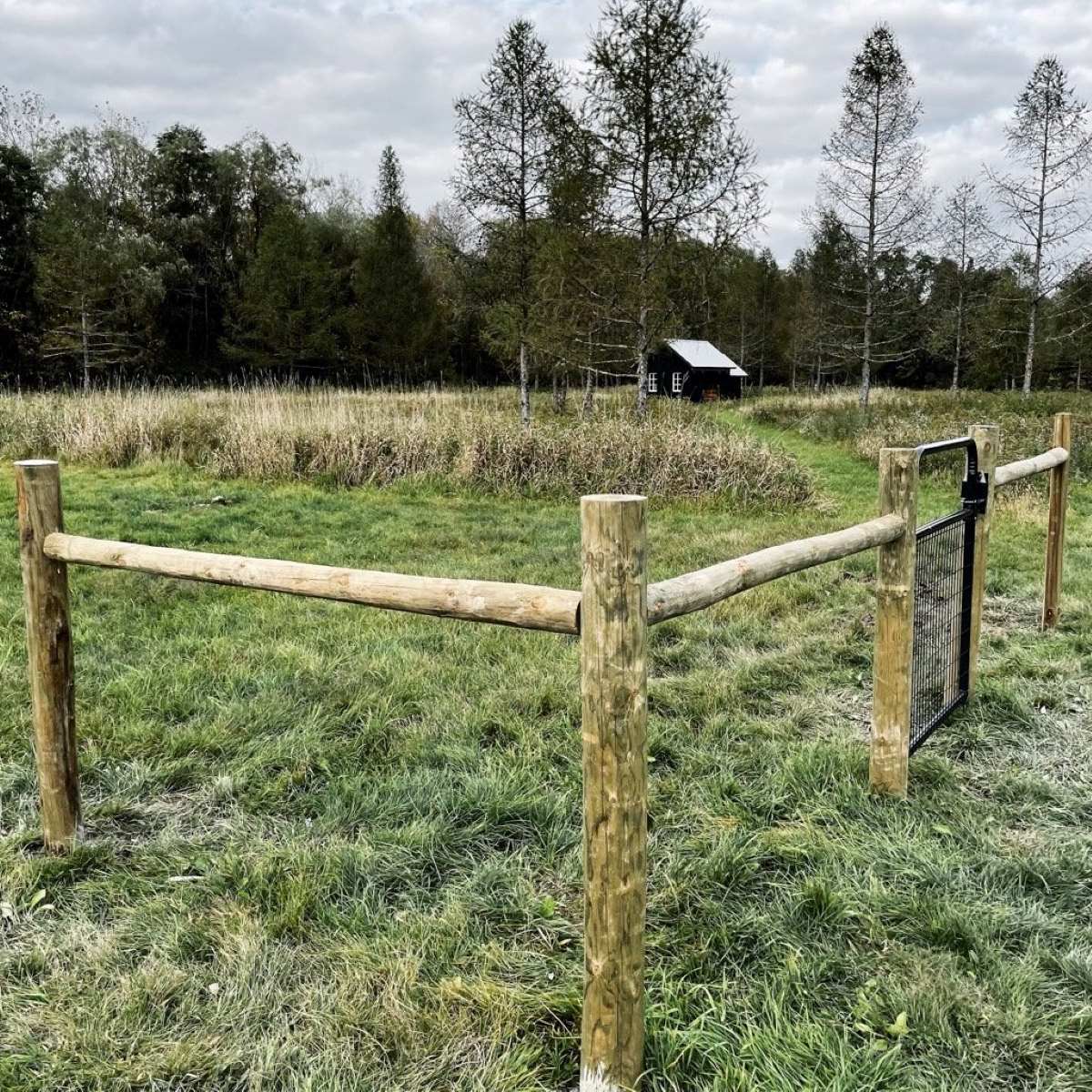
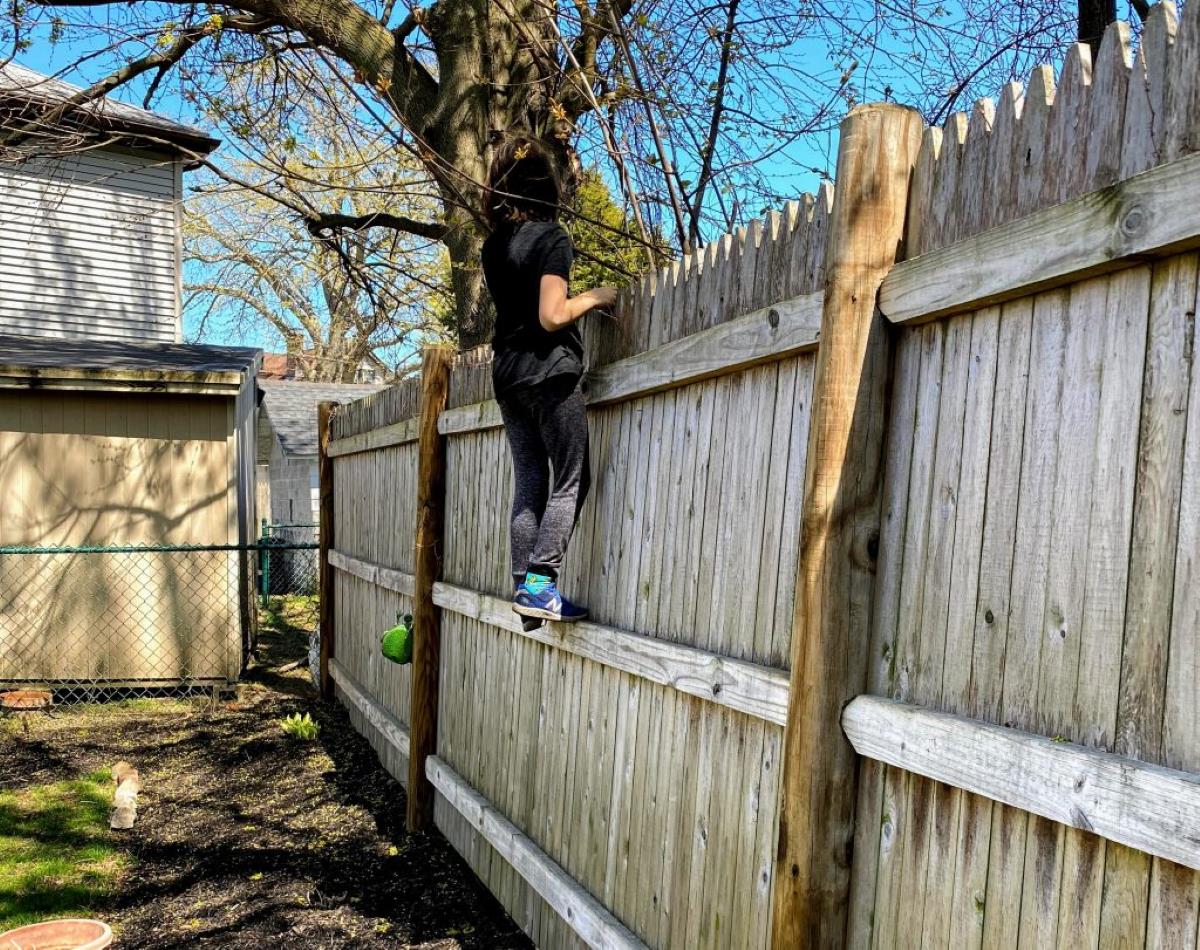

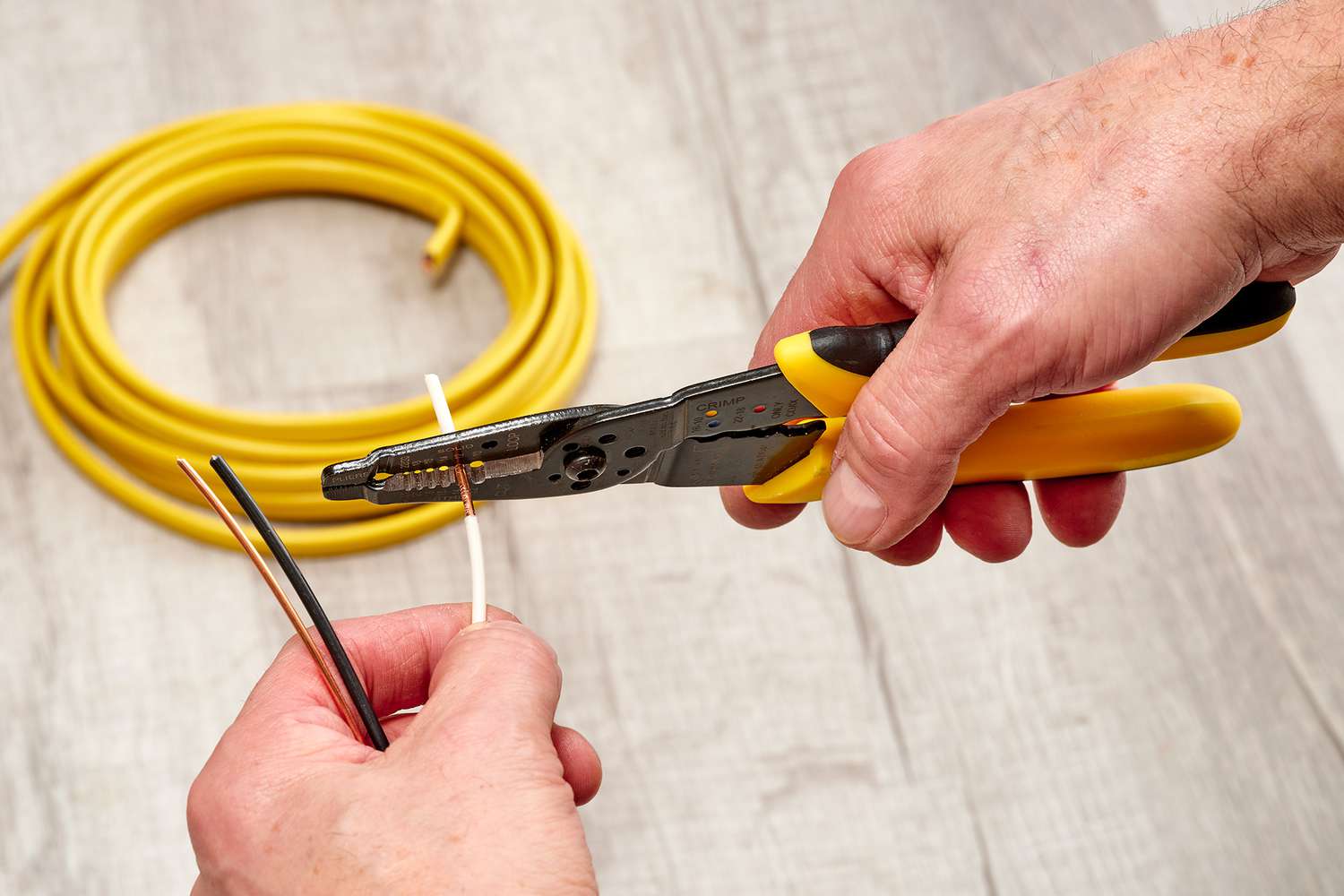

0 thoughts on “How Far Is A Softball Fence”